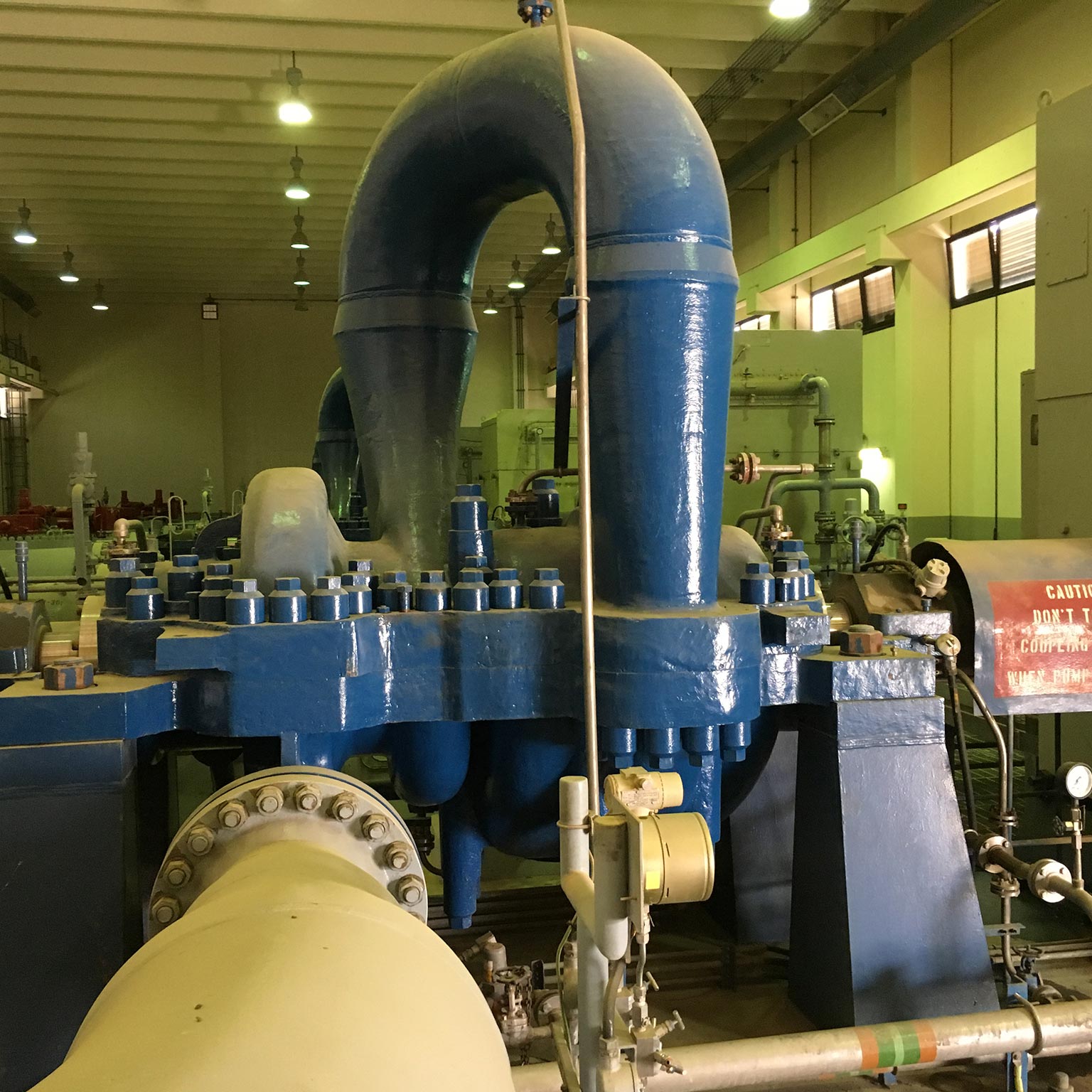We help to meet demand at least cost, achieve significant reductions in energy and emissions, and boost performance. We also identify network investments to meet strategic targets and drive greater profit.
Choose your pulp & paper application:
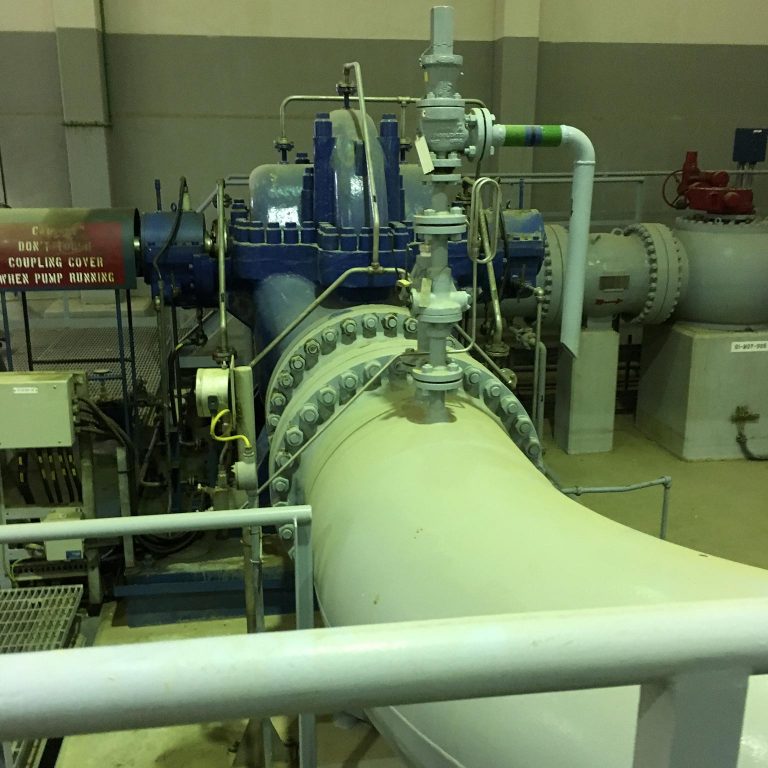
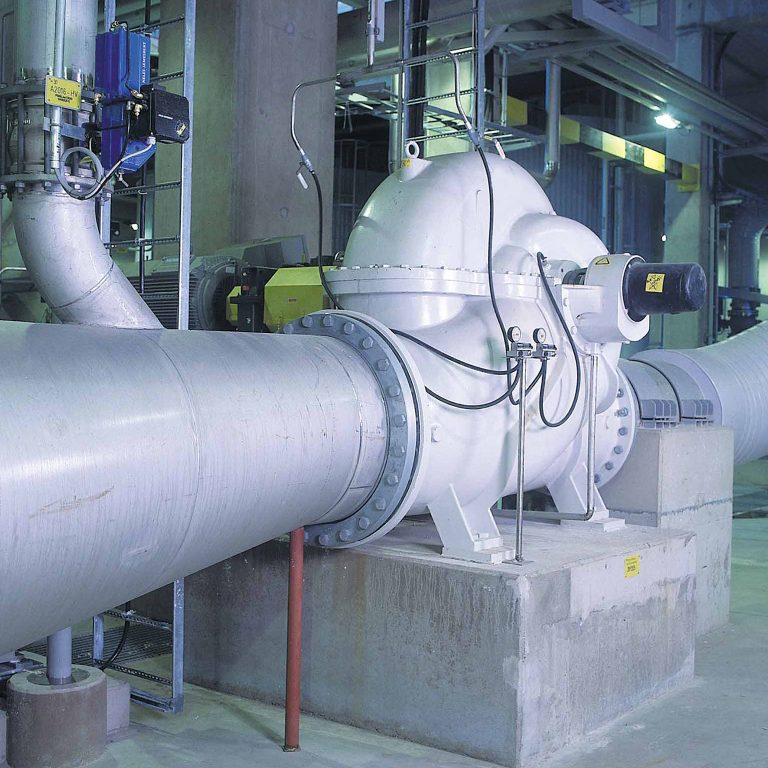
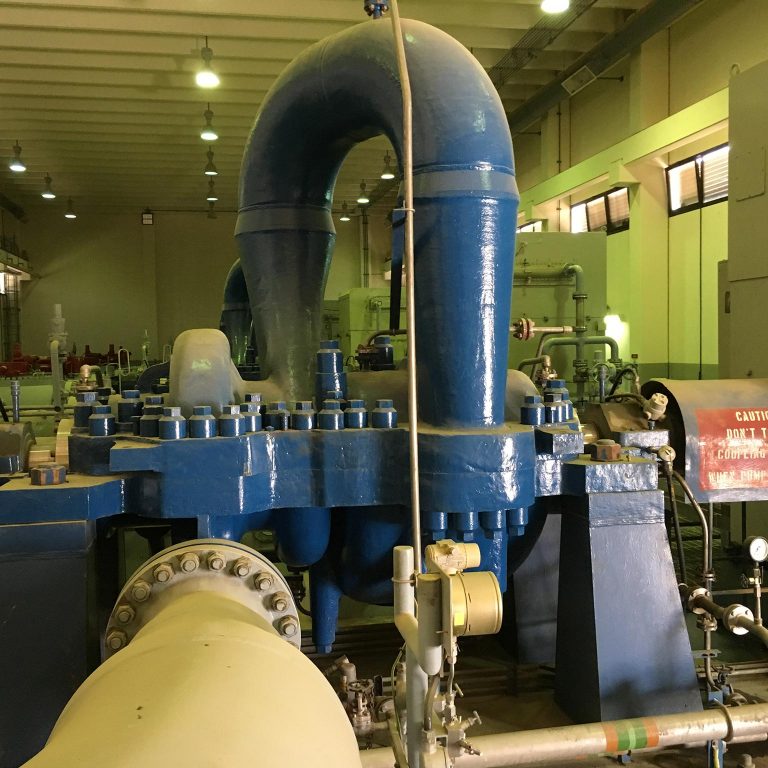
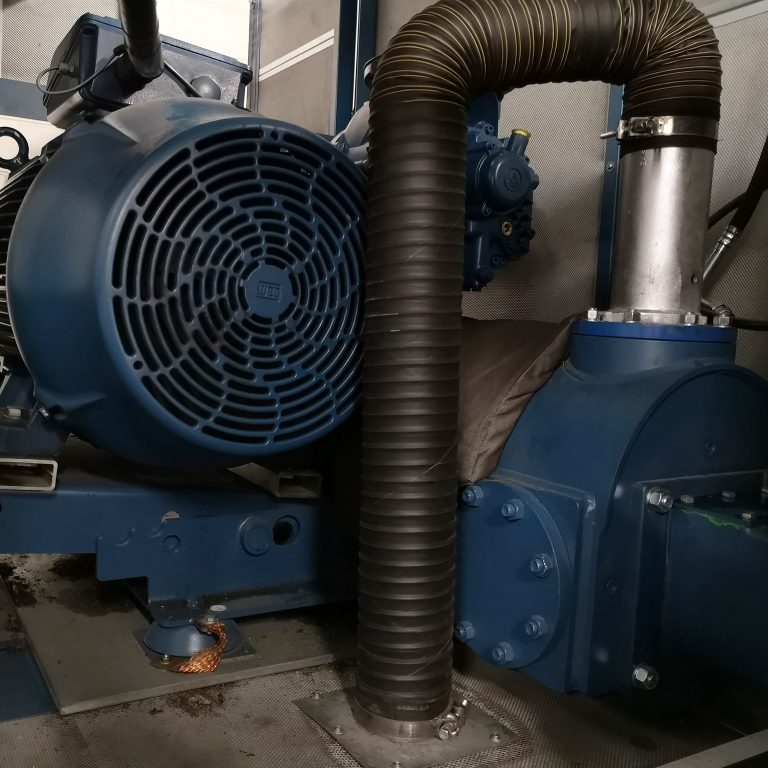
Want to discuss how our solutions can help you?
Call us on +44 (0) 1872 260005 or click here to get in touch


